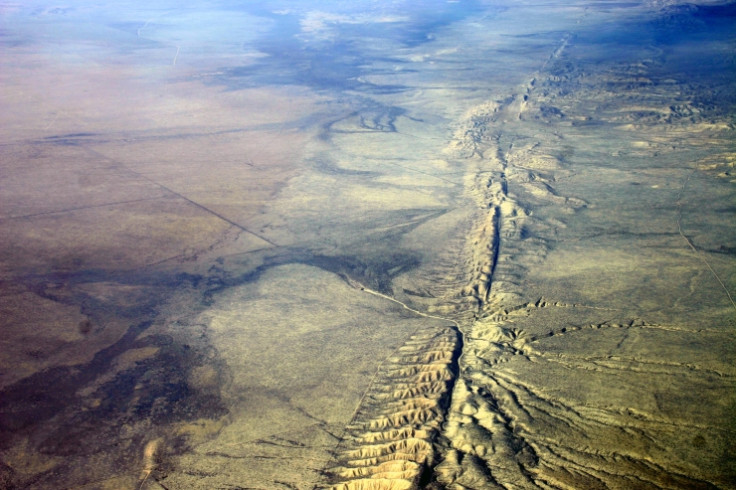New Zealand's 2016 Kaikoura earthquake was one of the most complex ever recorded
The 7.8 magnitude earthquake saw 12 faults rupturing up to 15km apart.
The 7.8 magnitude earthquake that struck New Zealand last year was one of the most complex earthquakes ever recorded. Scientists discovered up to 12 faults ruptured at great distances apart – a finding that may mean current hazard models need to be completely rethought. It could also mean the risk of large earthquakes elsewhere are more likely.
The earthquake hit just after midnight local time on 14 November. There were several aftershocks measuring 5.6 and 5.8. Straight away, scientists thought a number of faults were involved and since it struck have been working to understand how and why it happened.
In a study published in the journal Science, a team of researchers led by Ian J Hamling from GNS Science in New Zealand announced just how complex the earthquake was. The team used a combination of field observations of displacements, GPS data and coastal uplift to work out what happened.
Findings showed the rupture propagated north for 170km along mapped and unmapped faults. It then continued offshore. They showed there were surface ruptures on at least 12 major faults up to 15km apart, with extensive uplift along much of the coastline.
These results were of huge surprise. It had been thought that the final rupture length was largely due to stress levels and geometric complexities, and models suggest that fault stepovers that are more than four to five km apart can halt the propagation. But more recently, scientists have found complex ruptures with multiple faults, challenging current assumptions about earthquakes.

"This complex earthquake defies many conventional assumptions about the degree to which earthquake ruptures are controlled by fault segmentation, and should motivate rethinking of these issues in seismic hazard models," they wrote.
In a related news article in Science magazine, Betsy Mason notes that the current findings could mean the chances of major earthquakes elsewhere in the world are higher. Ned Field, a seismologist with the USGS, called the findings a "wake-up call" – his team recently upgraded the chance of a large earthquake in California to account for the findings.
This means the chance of a magnitude 8 earthquake or above over the next 30 years has risen from 4.7% to 7% - but that the chance of smaller earthquakes has dropped by about 30%. "It's a significant step toward being a more realistic representation of the interconnectedness of the faults," Field told the magazine.

© Copyright IBTimes 2025. All rights reserved.






















